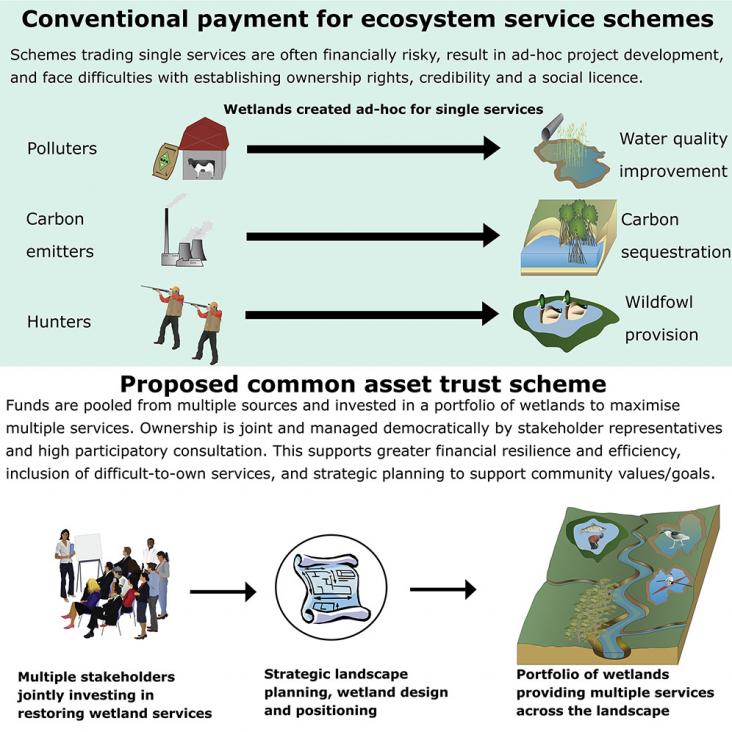
Globally those in slavery, though small in absolute numbers (est. 40.2 million), contribute disproportionately to environmental destruction and carbon emissions.

To show the importance of climate action and to celebrate the more than 5-year collaboration between the Elsevier Chemistry journals department and the Elsevier Foundation, we have compiled this special issue, highlighting top chemistry content related to SDG 13 and providing information on past winners of the Green & Sustainable Chemistry Challenge.
Private and public sector organisations are increasingly required to report on their greenhouse gas (GHG) emissions. The UK approach has a bearing on SDG 13.

Wetlands provide ∼$47.4 trillion/year worth of ecosystem services globally and support immense biodiversity, yet face widespread drainage and pollution, and large-scale wetlands restoration is urgentl
Clean energy transition.
Held in partnership with the University of Johannesburg, this Elsevier webinar discusses the SDGs and how researchers can incorporate them into their work.
Held in partnership with the University of São Paulo, this Elsevier webinar discusses the SDGs and how researchers can incorporate them into their work.
In this episode of the “World We Want” podcast series, RELX’s Global Head of Corporate Responsibility, Dr. Márcia Balisciano, talks to Kariuki Ngari about leadership.
The findings support the possibility that FBOM-δ13C can be used as a paleoceanographic proxy for surface water [CO2(aq)] and thus atmospheric pCO2.
Carbon capture and storage can help achieve the sustainable development goals. It is a key enabler of goal 13 relating to combating climate change. It also enables provision of affordable energy and decarbonisation of industry. The capturing process has both positive and negative interactions with most sustainability goals.
